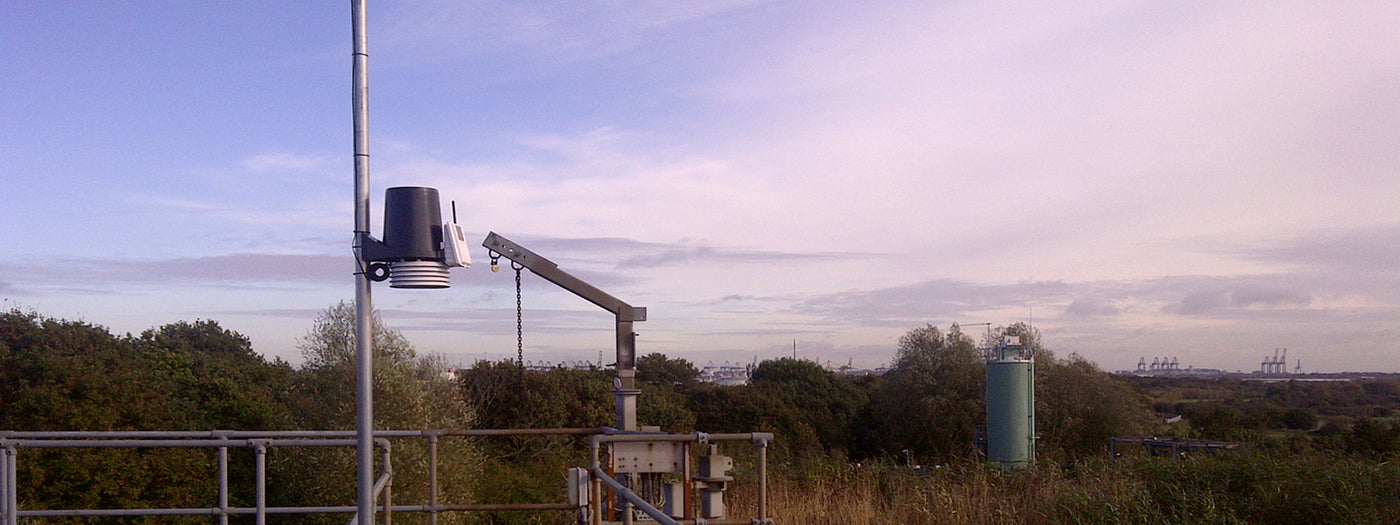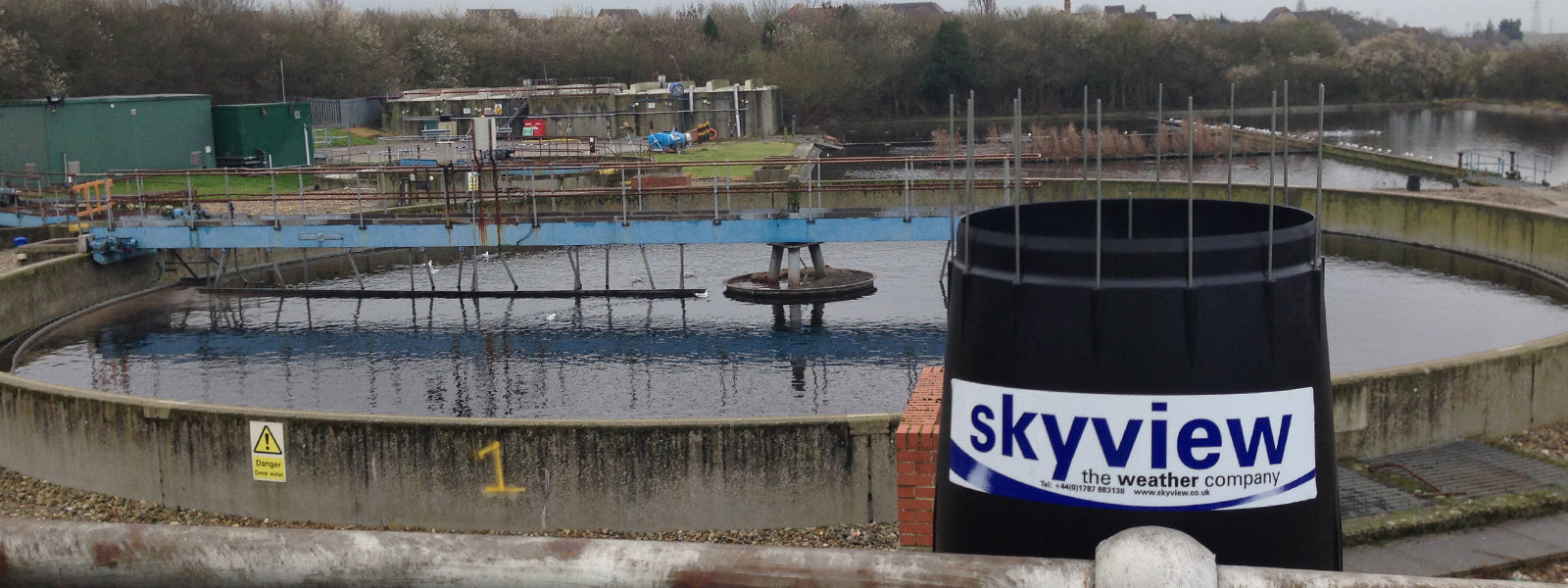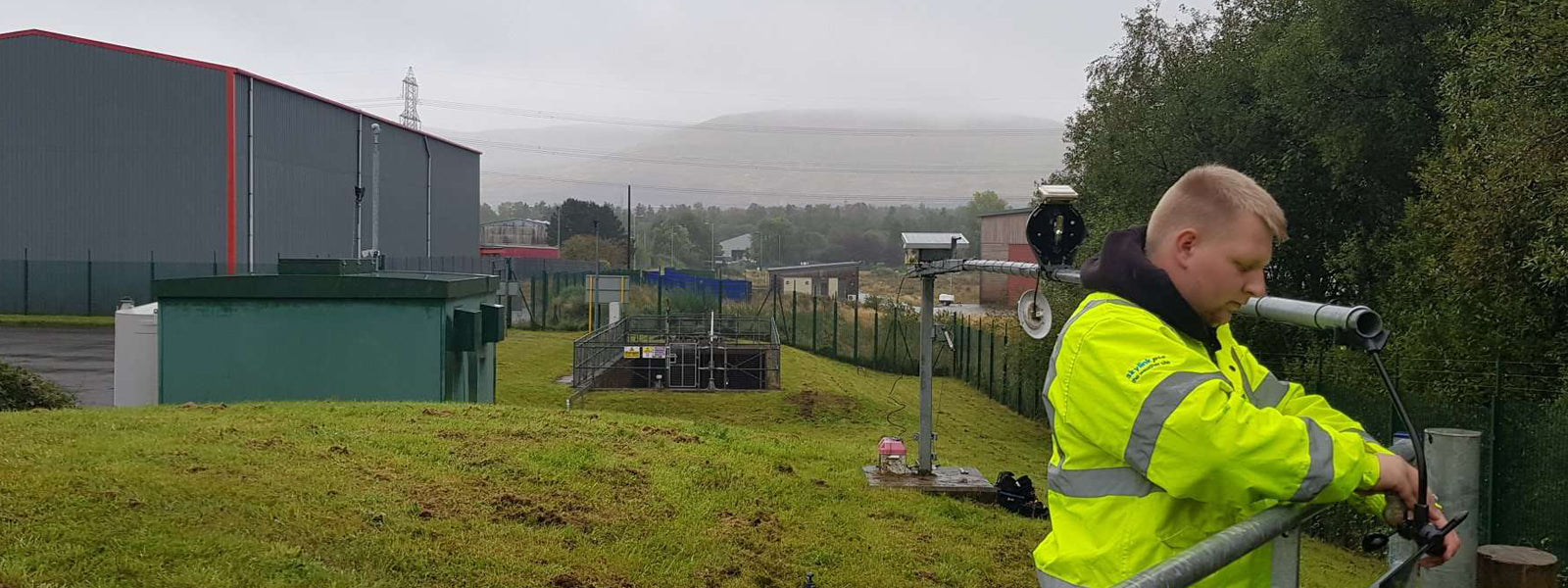
Odour from wastewater treatment plants caused by emissions, such as volatile organic compounds (VOCs) and sulphur compounds, can negatively affect the surrounding community. Effective odour control is crucial in order to adhere to strict environmental legislation and to minimise the impact on local communities. With tougher penalties in place, failure to comply can lead to serious consequences and result in hefty fines. With 30 years’ experience in the water and wastewater sector, Skyview Systems is proud of our ongoing partnerships with many of the UK’s water companies, including the UK's largest water and wastewater services provider, Thames Water.
About Thames Water
Thames Water serves 15 million customers across London and the Thames Valley, as well as supplying around 2,600 million litres of tap water to 9 million customers across London and the Thames Valley. Thames Water also removes and treats more than 4 billion litres of sewage for 15 million customers.
Thames Water’s ongoing mission to reduce odour has improved with the introduction of odour management plans and the completion of a number of mitigation projects. Regulated by several regulatory bodies, Thames Water also has an ongoing programme of identifying and assessing innovative odour control solutions at their sewage treatment works.
The Challenge
As with all UK water companies, Thames Water must adhere to stringent guidelines, including the EU Water Framework Directive, which sets out precise requirements with regards to environmental pollution. Weather monitoring for wastewater sites helps determine the potential for odour nuisance, set odour control performance criteria, and develop odour mitigation measures.
Wind speed in particular is of key significance, as it disperses both air and odour pollutants. Odour levels will be greatest under very calm conditions and low wind speeds, when the movement of air is restricted.
The surrounding area around the treatment plant can also be a contributing factor, for example, a site which is sheltered from the wind by trees or woodland will be less exposed to the elements than a treatment plant situated in a wide open space.
Odour pollution is a difficult problem to combat completely, but accurate wind speed and direction monitoring can go a long way in estimating odour impacts, as well as giving the water authority essential data when investigating odour complaints.
Our Solution
Thames Water enlisted Skyview’s services in 2015, to accurately monitor weather conditions at their Littlemore site on any given day.
Our expert engineers visited the site to assess individual factors that needed consideration before successfully installing a Vantage Pro2 GPRS weather system with a self-empting rain gauge, radiation shield, solar powered transmitter and temperature and humidity sensor suite, in a suitable location.
The weather system has been configured to upload data to Skylink-pro, our supporting online real-time weather monitoring service, to allow staff to remotely access weather data on the go, and make effective management decisions accordingly.
After a challenging few years which saw the company fined for pollution incidents between 2012 and 2014, Thames Water has successfully reduced pollution by 42% since 2013. Here at Skyview, we are delighted to continue to assist Thames Water in their mission to reduce pollution and protect the environment on both a local and national scale.


